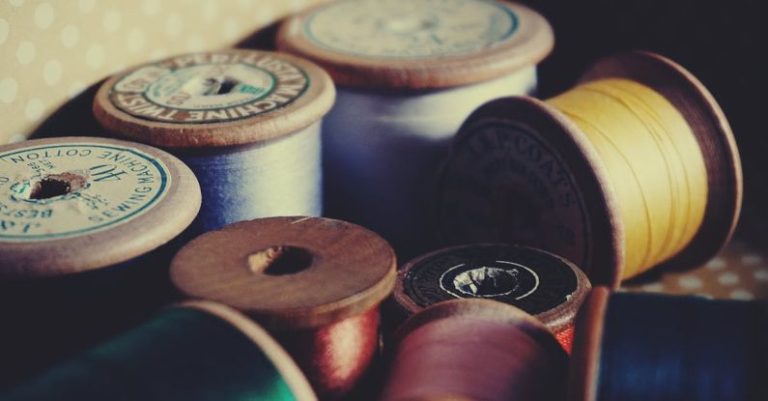
Embroidery is a beautiful form of art that requires precision and attention to detail. One of the key elements in successful embroidery is the hooping technique. Proper hooping ensures that the fabric remains taut and stable throughout the stitching process, resulting in clean and professional-looking embroidery. In this article, we will explore some essential techniques for embroidery hooping to help you elevate your embroidery skills.
Understanding the Hoop Types
Embroidery hoops come in various types, each serving a specific purpose. The most common types of embroidery hoops are the traditional round hoop and the rectangular/square hoop. Round hoops are suitable for smaller projects and are often used for hand embroidery. On the other hand, rectangular or square hoops are ideal for machine embroidery and larger projects. It is essential to choose the right hoop size based on the size of your design and fabric to ensure adequate tension and stability during the stitching process.
Selecting the Right Fabric
The type of fabric you choose plays a crucial role in the hooping process. It is recommended to use a stable and medium-weight fabric for embroidery to prevent puckering and distortion. Fabrics such as cotton, linen, and twill are popular choices for embroidery projects. Before hooping the fabric, make sure to press it to remove any wrinkles and ensure a smooth surface for stitching.
Proper Hooping Technique
To hoop your fabric correctly, start by placing the inner hoop on a flat surface with the screw facing up. Lay the fabric over the inner hoop, ensuring that it is centered and taut. Place the outer hoop over the fabric and press down gently to secure the fabric between the two hoops. Tighten the screw on the outer hoop to hold the fabric securely in place. Avoid hooping the fabric too tightly, as it can cause distortion and puckering during the stitching process. The fabric should be taut but not stretched.
Securing the Fabric
Securing the fabric in the hoop is essential to prevent shifting and ensure even tension during embroidery. To secure the fabric further, you can use masking tape or adhesive stabilizer around the edges of the hoop. This additional step helps keep the fabric in place and prevents it from slipping or shifting while stitching. Make sure to remove the tape or stabilizer once you have finished embroidering to avoid leaving any residue on the fabric.
Adjusting Hoop Tension
Proper tension is key to successful embroidery. If the fabric is too loose in the hoop, it can cause wrinkles and puckering in the finished design. On the other hand, if the fabric is too tight, it may distort the design and make it challenging to stitch smoothly. To adjust the tension, gently tug on the fabric in different directions after hooping to ensure it is evenly taut. If needed, loosen or tighten the screw on the hoop to achieve the right tension for your project.
Troubleshooting Hooping Issues
Even with proper hooping techniques, you may encounter issues such as puckering, fabric distortion, or uneven stitching. To troubleshoot these problems, try rehooping the fabric with adjustments to the tension or securing methods. Additionally, using a stabilizer under the fabric can help minimize puckering and distortion. Experiment with different hooping techniques and adjustments to find the best method that works for your specific project.
Enhancing Your Embroidery Skills
Mastering the art of embroidery hooping takes practice and patience. By understanding the different hooping techniques and experimenting with various fabrics and designs, you can elevate your embroidery skills and create stunning pieces of art. Remember to pay attention to the details, such as fabric selection, tension adjustment, and securing methods, to achieve professional-looking embroidery results. With dedication and practice, you can unlock the full potential of your embroidery projects and showcase your creativity through this timeless art form.





